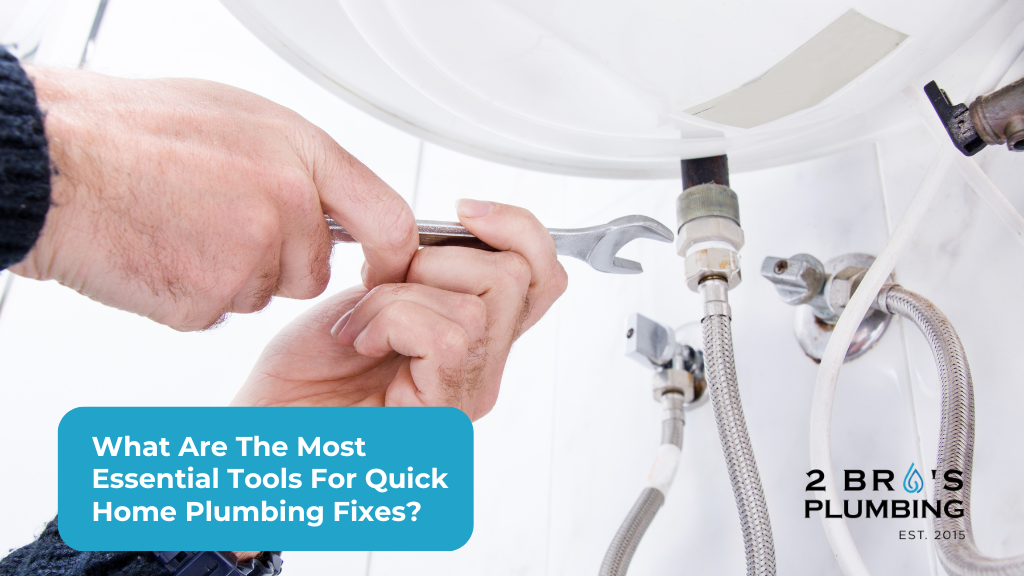As a homeowner, you’re not necessarily expected to be a plumbing expert. However, with the inevitability of leaks, clogged drains and overflowing toilets every once and a while, it certainly pays to have a little knowledge on the subject. Among the things you should know are the things you should have on hand. In the event you have to quickly repair a leaky faucet, unclog a drain or fix your toilet, you’ll need some important supplies.
So what are the most essential tools for quick home plumbing fixes?
A plunger.
This should come as no surprise. A plunger should be as commonplace in a bathroom as a roll of toilet paper. Usually hanging out beside or behind your toilet, this tool works wonders in the world of unclogging toilets and sinks. Essentially, a plunger functions like a vacuum, creating a suction effect that dislodges blockages. Standard cup plungers can be found in just about any department store. They work great for sinks and tubs. A flange plunger is made specifically for toilets.
While the two plungers do look similar, the flange plunger comes with a longer handle and a soft, smaller cup. This smaller cup is known as the flange. It extends down the bottom end of the plunger in order to fit inside a typical toilet drain. It works by sealing the drainpipe’s end to apply force more effectively on the blockage. As well, the flange helps to keep toilet water from going inside the plunger or turning inside out.
A pipe wrench.
When it comes time to either loosen or tighten pipes, fittings and fixtures, a pipe wrench is your best friend. It has adjustable jaws that can grip round objects firmly. Generally, either a 10-inch or 14-inch pipe wrench will be adequate for general use. You may want to have both on hand to use at the same time. In some cases, you may need to use one wrench to stabilize your pipe while the other is used to turn the fitting.
The Canadian Centre for Occupational Health and Safety stresses that pipe wrenches must be kept in good condition so that they can be used safely. “Inspect pipe wrenches for bent or twisted handles, discolouration or heat damage, and worn or unsafe parts (e.g., check for worn threads on the adjustment ring and movable jaw),” instructs their website, “Remove the tool from service and replace it.”
Plumber’s tape.
Also known as Teflon tape, this item is a polymer-based product that functions as a strong sealant. Sometimes labelled as “thread seal” or “thread-sealing” tape, plumber’s tape can be wrapped around pipes, showerheads, faucets and other fixtures to plug holes that create leaks. Inexpensive, lightweight and easy to store, plumber’s tape should be considered an essential household item since it can prevent expensive-to-repair water damage.
Aaron Stickley of The Spruce alerts homeowners that plumber’s tape should not be used on all fixtures. “Using plumber’s tape on PVC, copper, or PEX pipe threading is usually not recommended,” he warns, “Those fittings often have a gasket or O-ring to create a seal between the two pipes. Also, avoid using this threading tape on fluid power (hydraulic) systems.”
For more expert plumbing advice, please don’t hesitate to contact 2 Bro’s Plumbing! Of course, we can also help you with any plumbing issue you have in your home. Give us a call at 905-556-0790. You may also email us at admin@2brosplumbing.ca.



